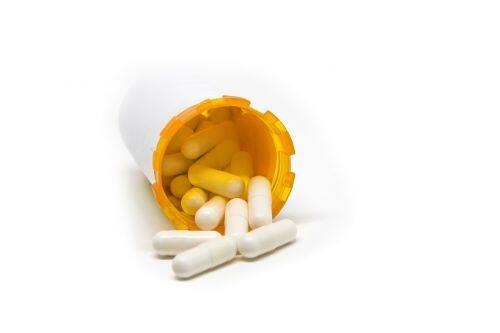Bubbles are one of the defects that may occur in the production process of gelatin capsules, because it not only affects the appearance of medicines or health care products, but may also break the capsule filling process, resulting in leakage of contents. The causes of bubbles in the capsule production process can be mainly analyzed from physical, chemical, and microbiological factors.
The physical factor means that air enters the inside of the glue to form bubbles due to external factors such as equipment. This type of bubble is large and convex on the surface of the capsule. The main physical reasons for its formation are as follows:

1. The holding time or the holding temperature of the glue is not enough.
The gelatin generates bubbles during the melting process and the compounding process due to the influx of air. If the gelatin solution is kept at a certain temperature for a certain period of time, the internal bubbles will rise to the surface of the glue under the action of buoyancy and be eliminated. However, if the solution is not sufficiently insulated, the bubbles generated during the mixing process of the glue cannot be discharged normally, and they will be formed on the surface of the capsule. This problem can generally be solved by extending the holding time or increasing the holding temperature. Note that the holding temperature cannot be higher than 60 ° C and the time should not be too long.
2. Disassemble the rubber hose
The rubber hose is used to control the amount of gel solution. However, it may lose its elastic breakage due to frequent opening and closing. In this case, the compressed air will directly enter the hose and produce bubbles. In this case, it is necessary to replace the rubber hose in time.
3. The amount of water added to the silicone disk is too much or the pipe is leaking.
During the production of the capsule, the moisture in the glue is volatilized, so water needs to be added. However, if the amount of water added is too much, or the gas is leaked at the joint of the water pipe, the air will enter the glue and the bubbles will be generated by the movement of the agitating gear.
In addition, the glue stirring speed is too fast, the glue liquid level in the rubber plate is too low, and the mold drops too fast in the rubberizing process, which may also cause bubble generation.
Reference: Shandong Industrial Technology


